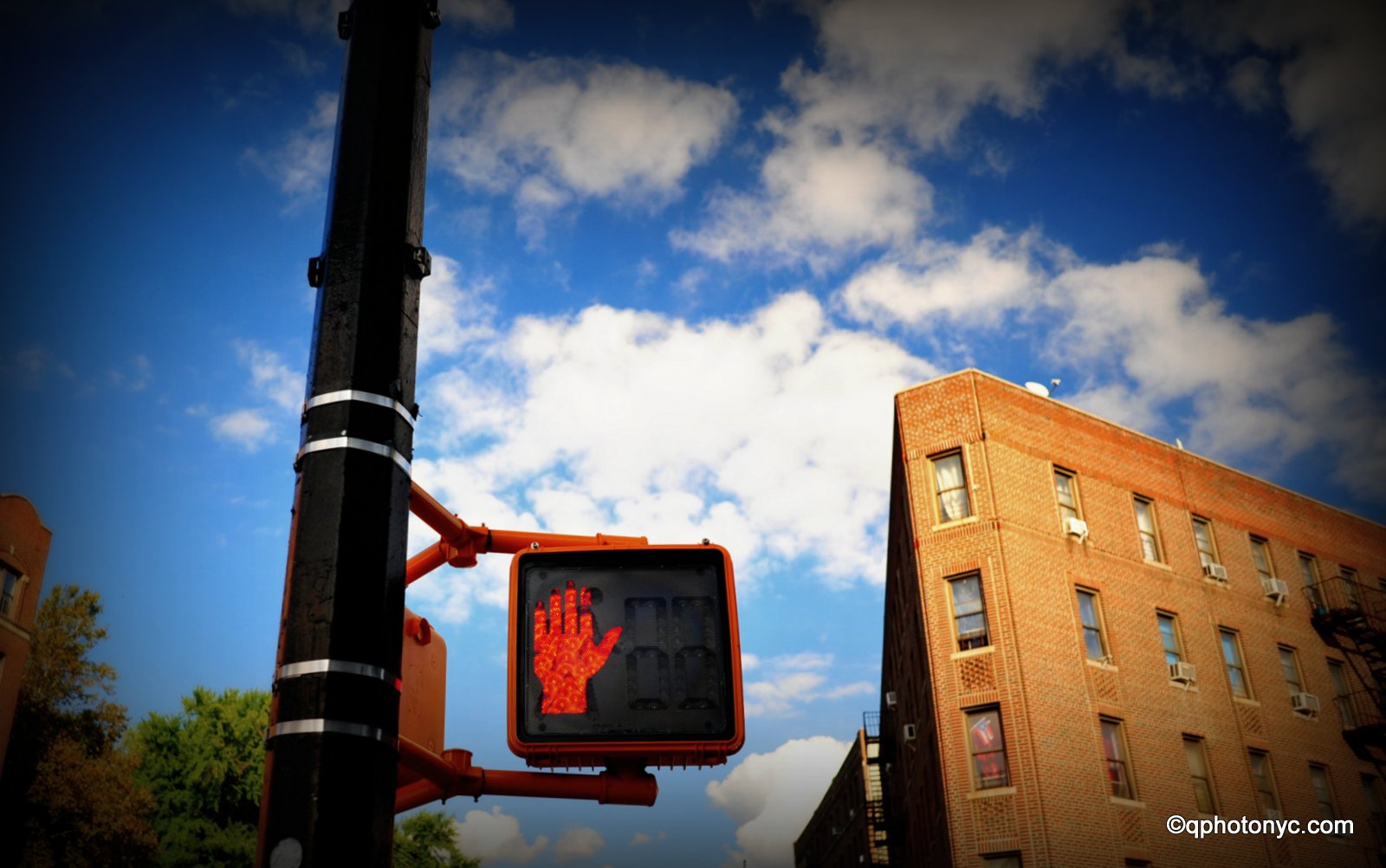October 13, 2021
Mónica Barnkow
Sha la la la la!
WALK/DONT WALK
A common complaint one usually hears about a big city revolves around its traffic. Understandably, in larger cities where millions and millions of people agglutinate and always look like they need to be somewhere soon -often the same place as everybody else- traffic can be a real mess. Every day, drivers, cyclists, and pedestrians engage in a coordinated attempt at making it to work, school or wherever, safe and sound.
Every city has its own ways of calibrating traffic according to its needs, taking into consideration indexes like population, day of the week, number of drivers and pedestrians expected to hit the streets at a given hour of the day at a particular intersection, and so on. Despite what’s common place from one big city to the next -like traffic lights at busy intersections- there are subtleties in the way one city and the other deal with traffic.
In Berlin, which I recently visited, a clear effort to make traffic more precise is apparent. The transit protocol for all parts involved looks more rigorous. Jaywalking, for example, is verboten at all times, and, if you pay any attention, you will see that people do actually follow this imperative. And traffic lights don’t mess around. If a light signals to stop, you must halt. If a light signals to cross, you readily do so. There is an expectation that all parts involved will follow these signals, and failure to abide by the rules of traffic protocol can result in fines and accidents.
In New York City, where I live, the protocol of traffic leaves more to the expression of the person involved in the transit transaction. In other words, transiting the city of New York leaves room for a bit of spontaneity. This, of course, doesn’t mean that there aren’t rules in place that need to be observed, but there is larger room for conscientious and civil improvisation.
For example, if you -a pedestrian- are trying to cross 96th Street and Columbus Avenue on a Sunday at 7 am and there is no soul on wheels, you’ll righteously cross the street and disregard the pedestrian signal, no matter what it says. A New Yorker typically assesses the situation at hand and makes a decision accordingly. In sight of an unfavorable light, you simply don’t wait for the light to change if it is safe to cross. It doesn’t make sense, and times is always of the essence.
The pedestrian signals have changed over time. According to the City Reliquary Museum, the WALK/DONT WALK signal -like that, with no apostrophe- was installed in some corners in the 1950s, and soon became a beloved feature of the Big Apple both for locals and tourists alike. For me, this signal was responsible for sticking a Prince song in my head all day, during my first-ever stroll in New York City, which made the already amazing experience even more glorious. Sha la la la la!
But WALK/DONT WALK is here no more. Starting in 1999 and until 2006 these pedestrian signals were replaced by pictograms, commonly known as the man and the hand. And, what about the countdown? This is a feature only seen in the busiest intersections. The pedestrian light countdown, although it has the pretentiousness of accuracy as all countdowns should, is generous and allows for some personal interpretation. Every New Yorker who is a savvy pedestrian -like most are- knows they are entitled to a grace period of no less than five seconds after the countdown ends. That’s just the way it is; one of those tacit rules by which New Yorkers operate just fine.
The traffic nuances of Berlin and New York seem to be an expression of the people who inhabit these cities. The German inclination for punctuality, precision and teamwork seems to reflect on the way Berlin’s transit works, effortless in its rigidity. As for New York, the traffic idiosyncrasies reflect the individuality of its people, their fondness of improvisation, and their resilient ability to thrive in a little bit of chaos.

